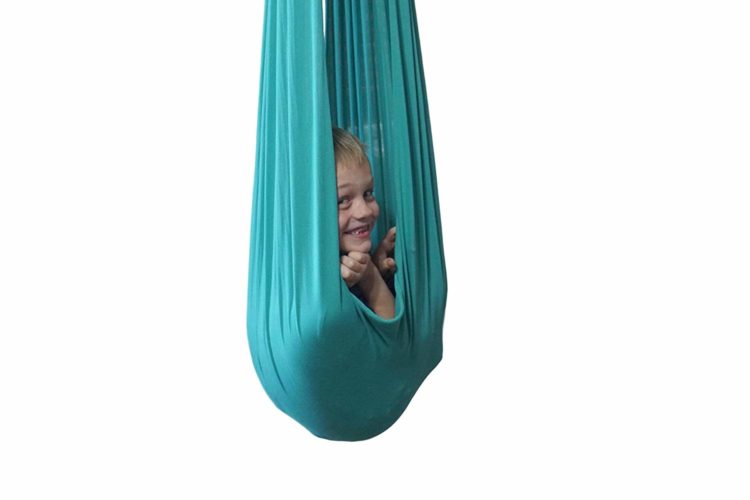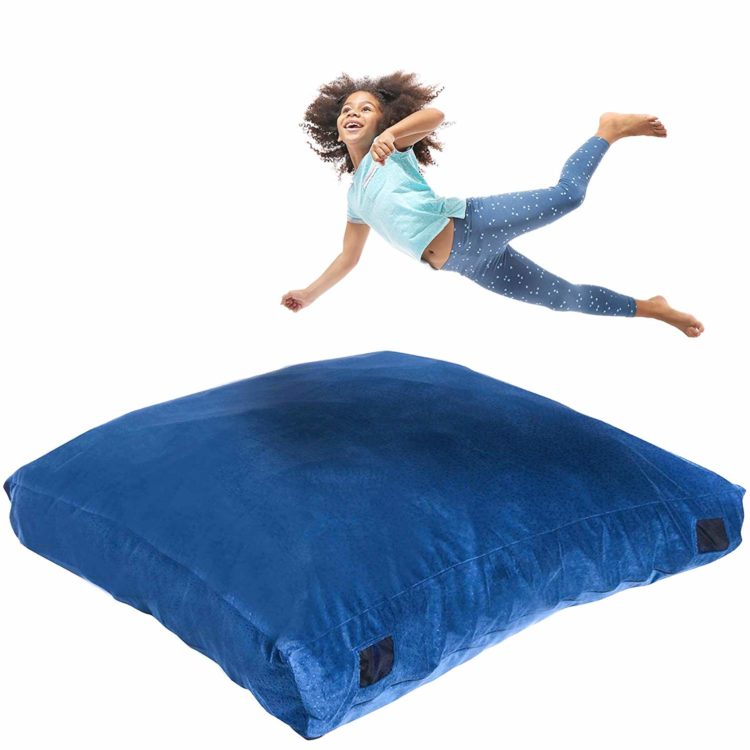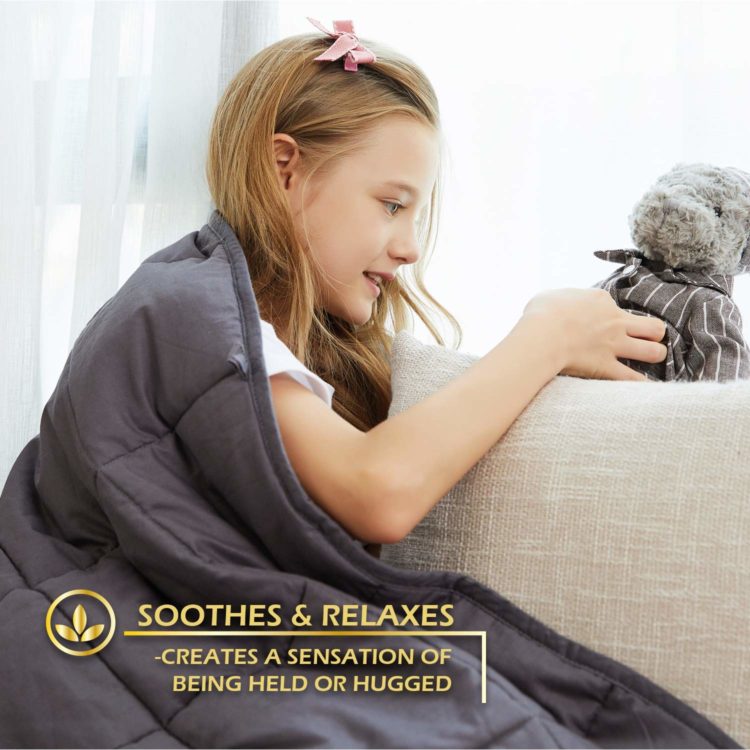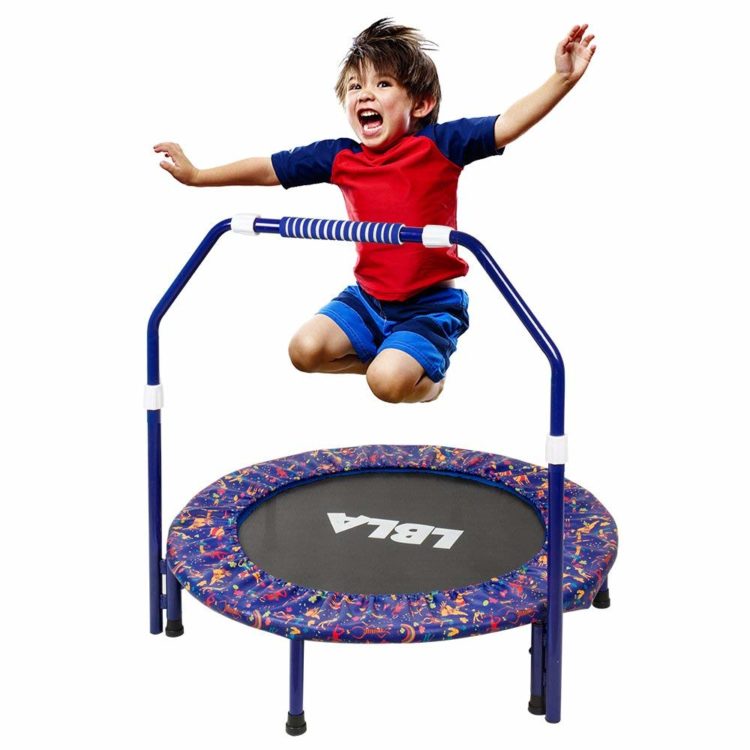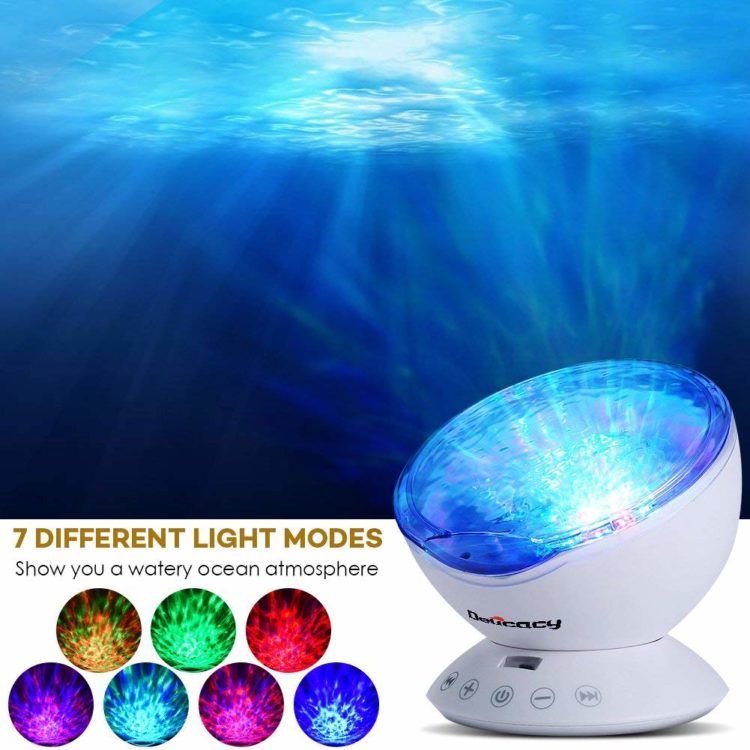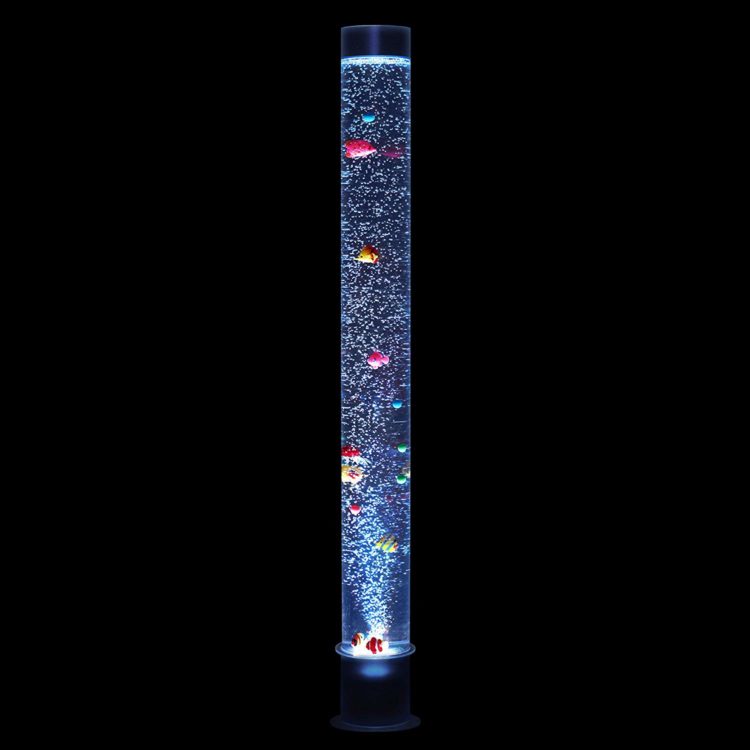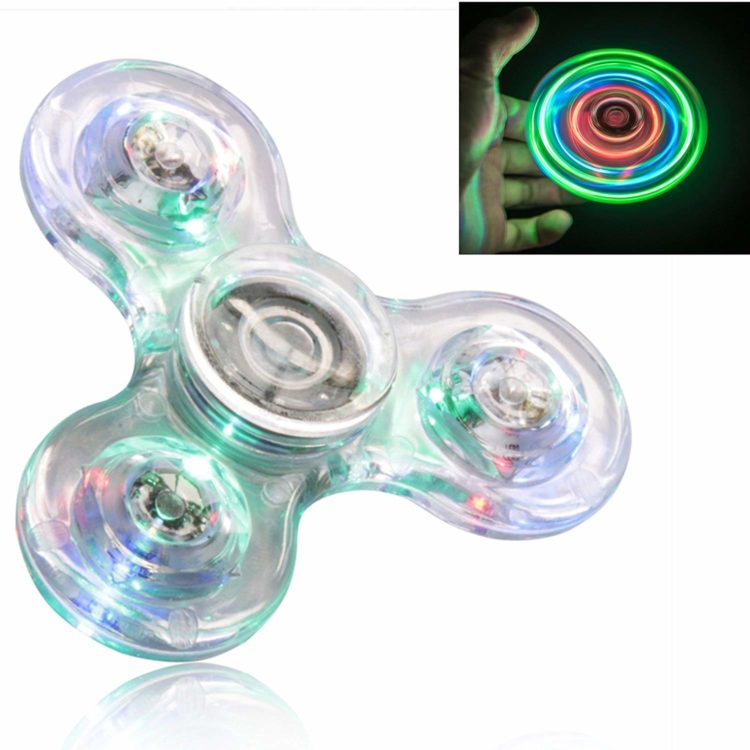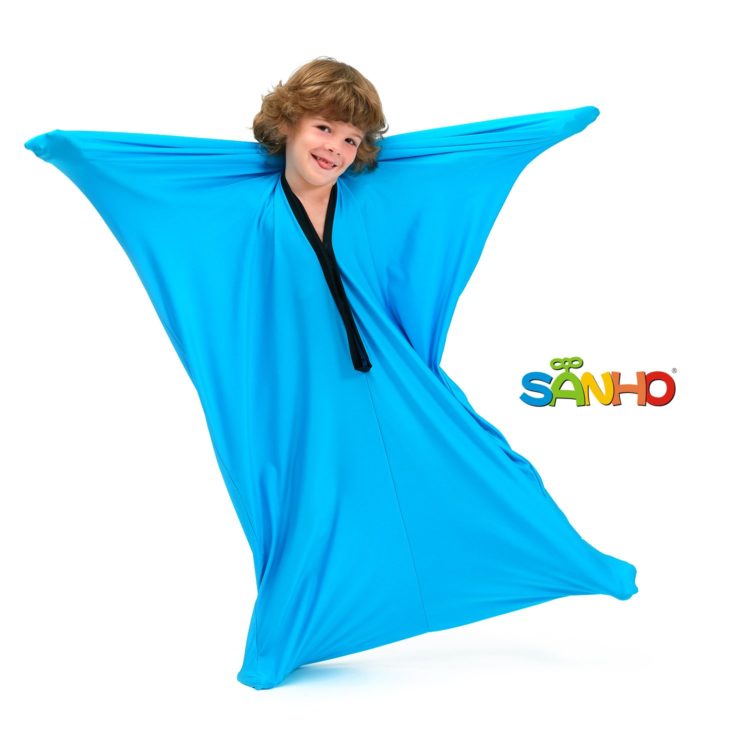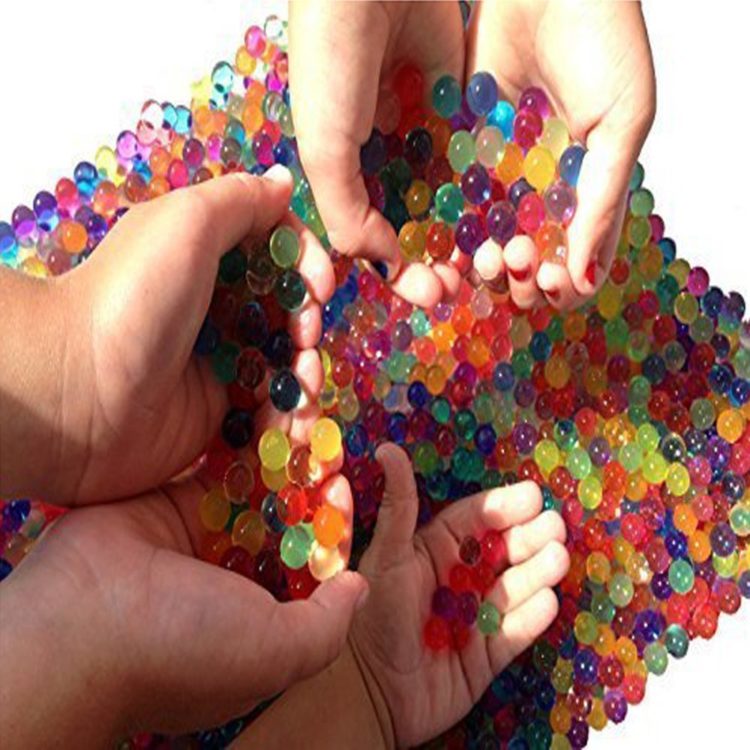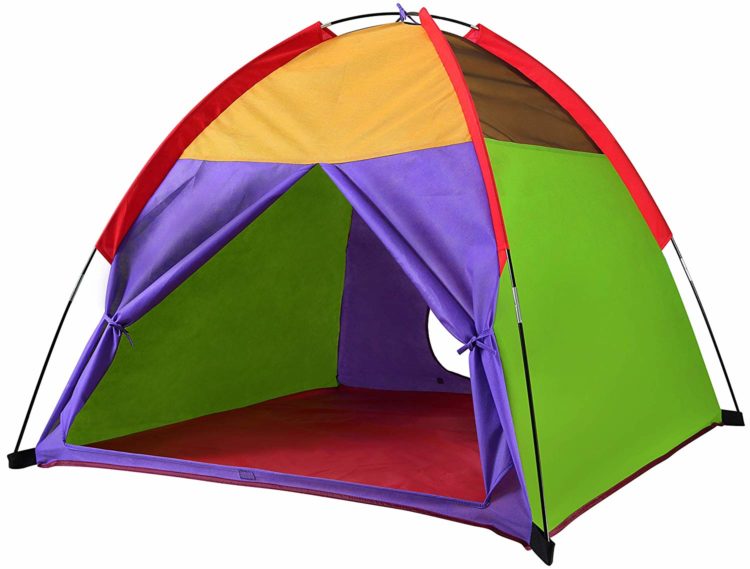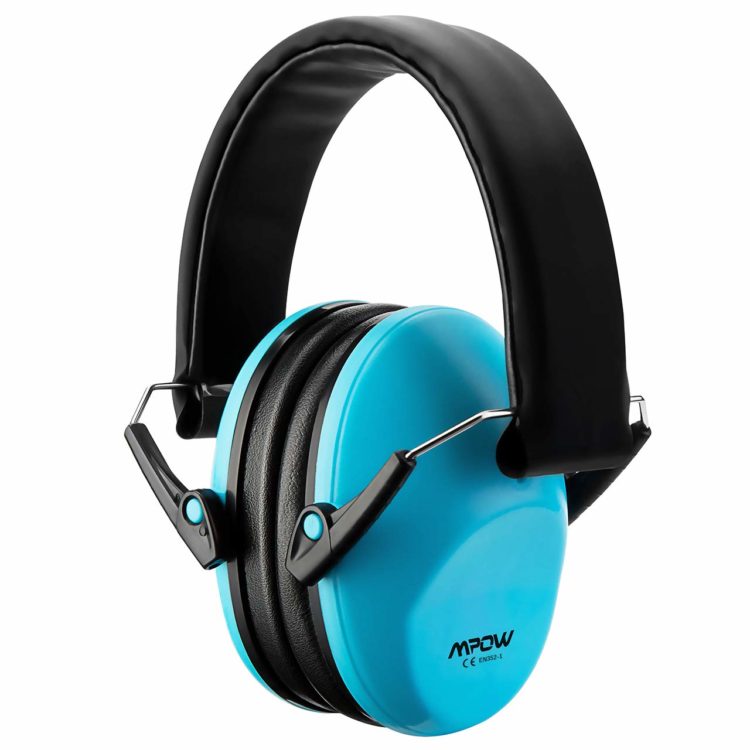12 Items You Can Use to Create a Sensory Room for Kids on the Autism Spectrum
Editor's Note
We hope the products below, all recommended by our Mighty community members, help you or a loved one in your health journeys. Just so you know, The Mighty may collect a share of sales from the Amazon links on this page. Prices and product availability are accurate as of publication.
A sensory room is a designated space in your home (or school, church or public place) specifically designed with tools and equipment to help a child regulate their senses, especially when they are experiencing sensory overload or a meltdown.
Many kids on the autism spectrum have sensory issues. This could mean some senses are heightened — a small amount of sensory input feels overwhelming, so a child may be sensory-avoidant in certain areas. Other senses may be lowered — a large amount of sensory input is needed, so a child may be sensory-seeking. For example, a child may be extremely sensitive to noise and need noise-canceling headphones, yet their proprioception, or sense of their body in the world, may be lowered, resulting in a child needing to spin and spin in order to feel regulated.
For many kids with sensory issues, having access to a sensory room means they have a safe space of their own where they can go to feel regulated and calm. Sensory rooms have the added bonus of providing practice in certain skills, such as fine and gross motor skills, verbal development and other skills depending on what equipment or toys are available.
We reached out to The Mighty’s parenting community and asked what items they recommend to include in a sensory room. We hope you find their suggestions helpful when you create a sensory room for your child with autism. Keep in mind each child is unique, and while some items may work great for some kids, they may not be ideal for others. Also, each kid has preferences, so involving them in the process of creating a sensory room is a must.
A note about cost: If your child is on a state waiver or grant, ask if it would cover some of these items that may qualify under your child’s grant or waiver.
1. Swing
A swing can make a great centerpiece in a sensory room for a child on the autism spectrum. There are different types of swings and while they all provide vestibular stimulation — a sense of movement or gravity — they serve different purposes. A lycra swing provides deep pressure or a “cocoon” feel. A platform swing lays low to the ground and provides bigger movement sensations. If mounted to a swivel hook, a child can lay on their stomach and spin in a swing using their arms. A net swing provides linear movement, much like a typical swing.
Our picks: Sensory4u swing ($59.95 from Amazon), DreamGYM net swing ($147.97 from Amazon) or Sensory Goods platform swing ($149.99 from Sensory Goods).
When installing a swing, make sure you have all the necessary hardware, including heavy duty mount and hooks.
2. Bean Bag Chair or Crash Pad
Crash pads or large bean bag chairs work for kids with autism who like to crash and jump and need a soft landing surface in their sensory room. It’s also great for kids who like to “cuddle up” to a soft surface. These can get expensive, so for a more affordable DIY option, stop by a furniture store that does upholstery. Typically it has foam pieces it can give you at no cost (that are otherwise thrown away). All you need then is a cover for your crash pad.
Our picks: Milliard crashpad ($129 from Amazon) or Big Joe bean bag chair ($106.65 from Amazon).
3. Weighted Blanket, Lap Pad or Toys
Weighted blankets are a must have in your sensory room, as they are known to provide therapeutic relief for people who benefit from deep pressure. They can also help regulate a normal sleeping pattern as well as calm anxiety and stress in people with autism and other disabilities.
“Anything weighted! Weighted blankets, weighted lap pads or weighted vests just to name a few!” recommended Mighty community member Olivia G.
Our picks: YnM weighted blanket ($64.90 from Amazon), weighted stuffed animals (starting at $41.99 from Sensory Goods) or weighted lap pads (starting at $21.99 from Sensory Goods).
4. Therapy Ball or Trampoline
Consider including a bouncy surface if you create a sensory room for your child on the autism spectrum. Therapy balls and trampolines are great for sensory-seekers who benefit from big movements, such as bouncing. Exercise balls and trampolines will offer different sensations, so this one is especially great to check in about with your child if you can.
Our picks: Small trampoline with handle ($57.99 from Amazon), Skywalker trampoline ($53.04 from Amazon) or this exercise ball ($15.95 from Amazon).
5. Soothing Light
Many people on the autism spectrum are sensitive to bright and harsh lighting, so make sure the sensory room is visually comforting.
“Adjustable and different types of lighting are key for me. If I see a room with what I call ‘offensive lighting,’ I don’t go in. Not only is it bright but I can feel the heat coming off the bulbs, I can hear the buzz and the smell is another story all together. I know it’s difficult to understand how light can have a feel, a sound and a smell, but please believe me when I say it’s very real,” said Mighty community member Carol C.
Our picks: Ocean wave projector ($24.95 from Amazon) or Sky cosmos ($13.99 from Amazon).
You can also string holiday lights around a room for a soothing light effect.
6. Bubble Tube
A bubble tube makes a great addition to a sensory room for a child with autism, as it combines soothing light plus engaging visuals that can be extremely calming and soothing to the senses. They also come in a lot of varieties — from a classic lava lamp, which may be a more affordable option, to a bubbler with fish or even a jellyfish tank.
Our picks: This bubble lamp ($139.99 from Amazon) or jellyfish tank ($33.99 from Amazon).
7. Fidget Toys
Fidget toys help busy hands and also encourage fine motor development, and they come in many varieties and colors now. For kids who can handle a popping noise, bubble wrap is another alternative for busy fingers.
Our picks: Glow-in-the-dark fidget spinner ($7.99 from Amazon) or fidget tangles ($15.80 from Amazon).
8. Body Socks
Sensory socks allow for self-soothing while providing some compression so a child is still able to move. Including this tool in a sensory room for a child with autism can also help with balance and a child’s awareness of their body in the space around them.
Our picks: SANHO body sock (from $26.98 on Amazon) or Sensory Sack ($22.95 from Amazon).
9. Sensory Bins
Sensory bins are great for sensory seekers who enjoy playing with different textures. You can fill them with anything from water beads to kinetic sand or even dry rice or beans in a plastic container with a lid. Try making multiple bins for your autism sensory room so your child has a variety of options to choose from.
Our picks: Water beads ($5.95 from Amazon) or Kinetic sand ($10.49 from Amazon).
10. Tent
Some kids like to have a small enclosed space where they can “hide.” You can purchase a tent for your autistic child’s sensory room or get inventive and make one with your kids. If you have a small card table, for example, you can drape blankets or sheets over it to create a tent.
“Some kind of hideaway [for a sensory room]. Like a fort or small cubby hole. Mine love small spaces of their own,” said Mighty Community member Casey D.
Our picks: Alavantor indoor tent ($22.99 from Amazon) or pop-up tent ($14.88 from Amazon).
11. Noise-Blocking Headphones
Many people with sensory issues are sensitive to noise and may want headphones to help regulate their noise sensitivity. Keep in mind there is a difference between noise-muffling headphones and noise-canceling headphones. Noise-muffling headphones reduce the sound and are typically a cheaper alternative. Noise-canceling headphones can be expensive because they are truly audio devices with better quality and typically connect via bluetooth or cords to other devices. For someone who has a significant aversion to noise, investing in quality noise-canceling headphones they can use both inside and outside their sensory room is a great idea.
Our picks: Bose noise-canceling headphones ($349 from Amazon), Cowin noise-canceling headphones ($59.99 from Amazon) or Hearing Protection Ear Muffs ($8.99 from Amazon).
12. Calming music
Music can be an effective tool to encourage feelings of calmness and help with anxiety.
“Definitely music [for a sensory room], my girl loves all kinds of songs and actually knows the words to most,” said Mighty community member Roger K.
“Music is extremely calming for [my son], so he almost always falls asleep to music playing,” added Courtnie R.
“A white noise machine or sound soother. It keeps all of the other sounds from around the building from creeping into the room and would allow me to enjoy the rest of the room to the fullest extent!” said Erin C.
Each individual has their own preference in music. When creating a sensory room, make sure your child or loved one has access to the music they find calming, whatever it is they prefer.
What would you add to this list? Let us know in the comments.


